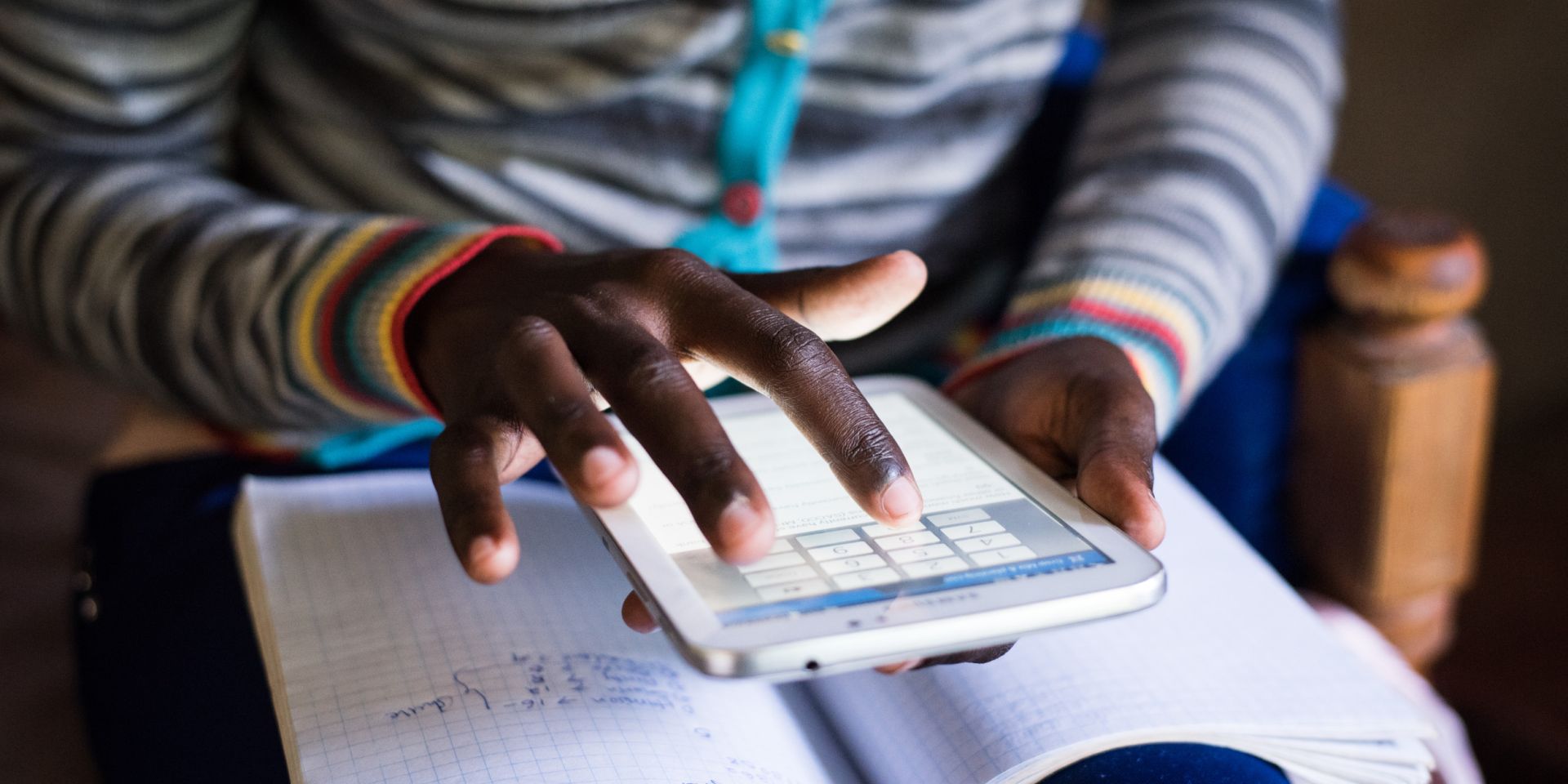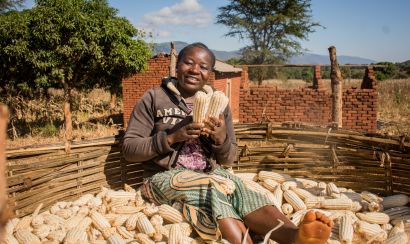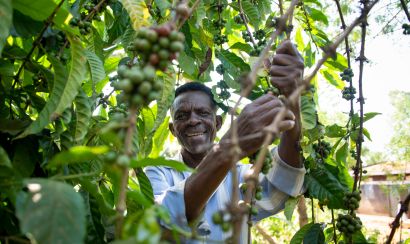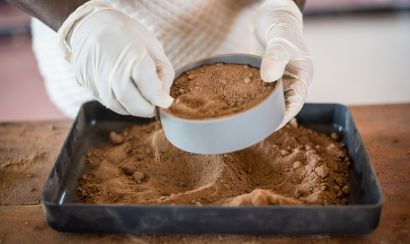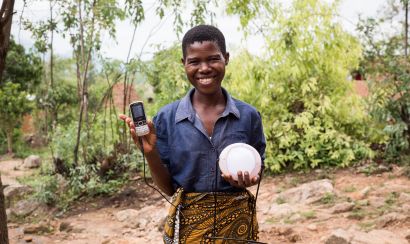5 Digital Innovations Making A Difference Outside The City
When we think about digital innovations, apps like Little Cab and EatOut that make life easier in Nairobi probably come to mind. What’s less known is that our enterprising approach to innovations reaches far beyond the city. Kenya’s considerable mobile phone penetration and comparatively high IT infrastructure has broadened the reach of new technologies into the countryside, solving everyday problems for rural families. Here are just a few applications that we’re excited about.
1. Satellite imaging to buffer climate shocks
Kenya’s launch of its first home-designed satellite grabbed headlines, but scientists were already using satellites for weather mapping and monitoring of crops and livestock. One novel approach comes from the Kenya Livestock Insurance Programme (KLIP). Communities in arid and semi-arid regions depend on livestock for their living, but unfortunately, these areas are often the hardest hit by erratic weather. KLIP uses satellite data to measure the “greenness” of ground vegetation and predict how much pasture is available for grazing livestock. When available forage falls below a certain level, KLIP offers insurance payouts to herders to buy food, water, and other supplies for their livestock.
2. 3D printers to build farming and medical equipment
While 3D printing feels futuristic, it can actually save a lot of time spent on the back-and-forth process of prototyping, ordering, and delivering products to areas with challenging accessibility. One Acre Fund uses 3D printers to create efficient, low-cost planting scoops so that farmers can safely apply fertilizer to their fields in measured micro-doses, ensuring that fertilizer isn’t overused and doesn’t affect the broader environment. Another interesting initiative is MedTech Kijenzi, which enables rural medical facilities to use 3D printers to make parts for medical equipment at a reasonable cost.
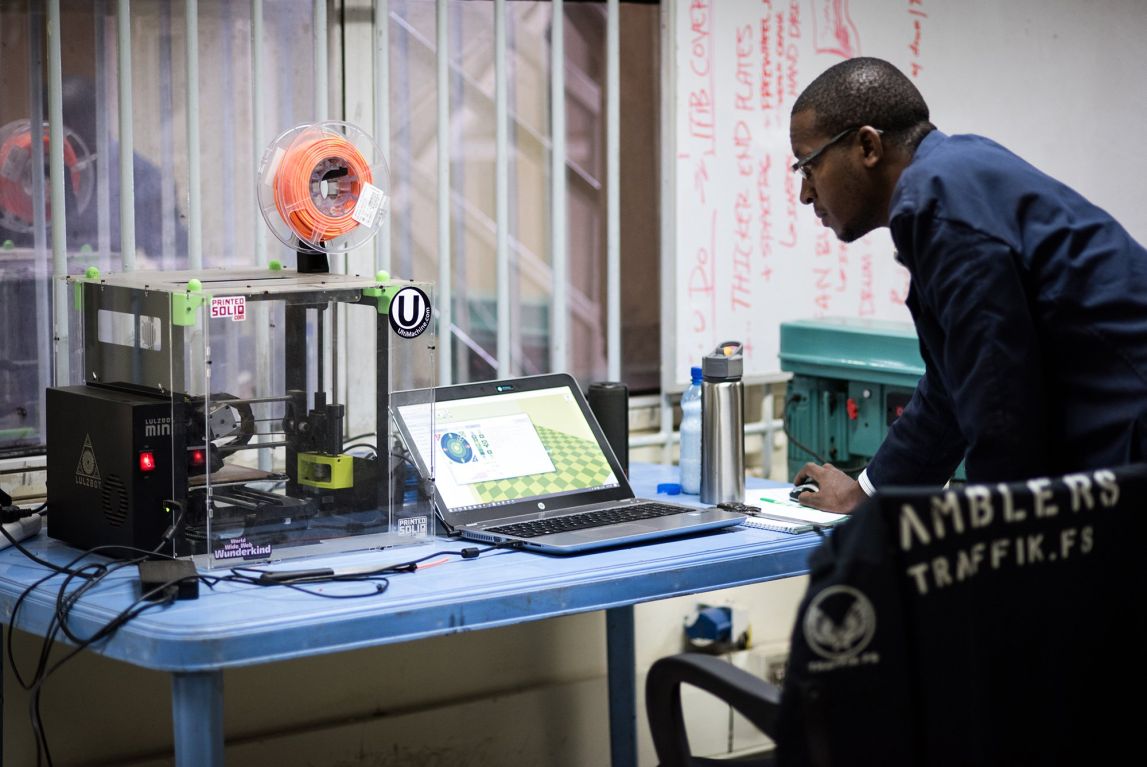
3. Mobile phones to access market information and order products on-demand
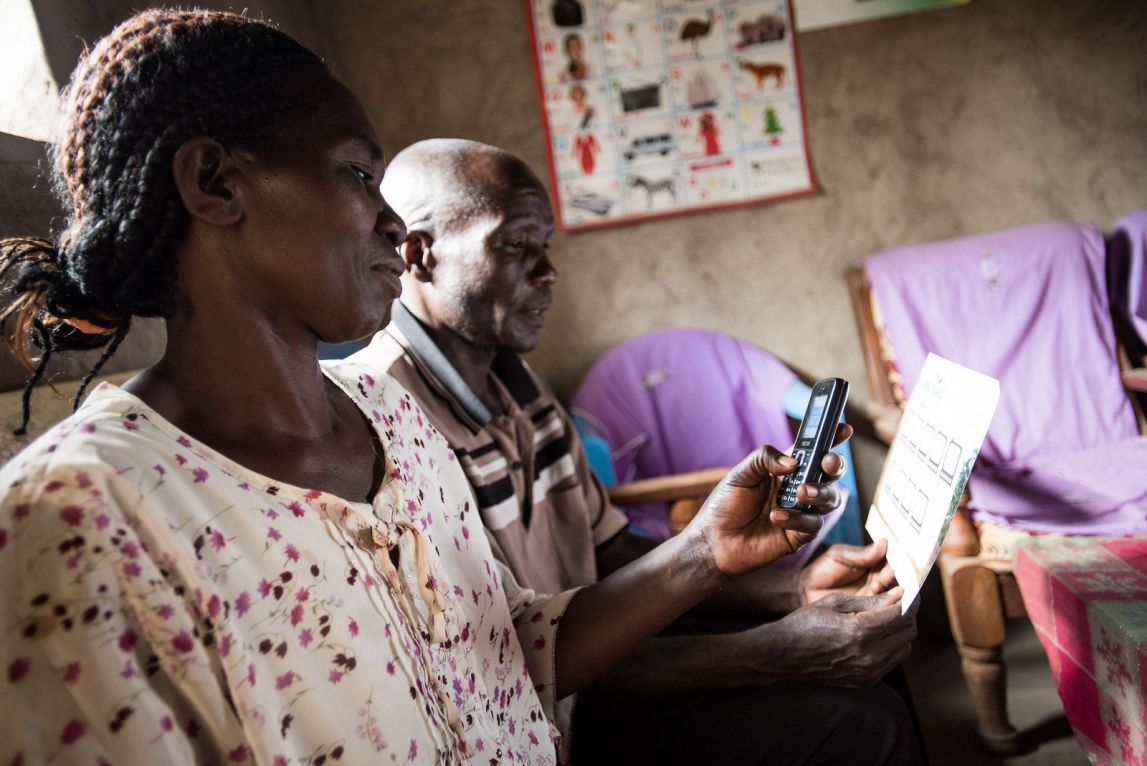
With Safaricom’s launch of a farmer-facing platform, Digifarm, farming is fast becoming the next mobile innovation frontier--smartphones not required. Digifarm uses simple text-based prompts to provide market information, micro-loans, and access to inputs like seed and fertilizer. Another example is M-Farm, which texts farmers about prices and the weather, and allows farmers to interact with cooperatives, suppliers and agro-vet stores. One Acre Fund texts farmers reminders about when to plant, weed, and apply fertilizer, sending more than 16 million SMS messages last year. In 2017, One Acre Fund also introduced on-demand ordering in response to a mid-season outbreak of fall armyworm. Affected farmers texted in their order and received crop-saving products within two weeks.
4. Tablets used for education and research
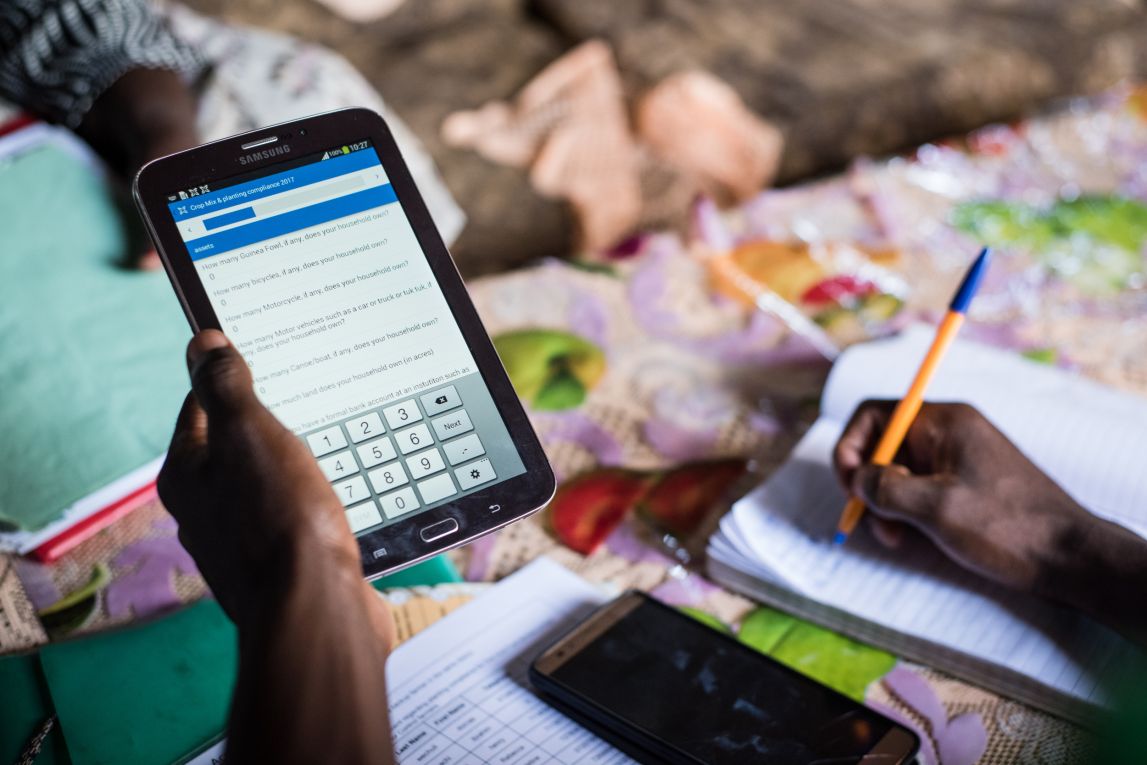
Tablets are well-suited for learning and data collection in rural areas because they’re cheaper and easier to keep charged than a laptop, and their big screens are more user-friendly than a mobile phone. Organizations like eLimu use tablets to provide offline educational content for primary school students in rural and marginalized areas in Kenya. One Acre Fund is also piloting tablets to register clients, market new products, and conduct surveys about farmers’ harvests and general well-being. Not only are the tablets more reliable than paper forms, but they also provide valuable exposure to technology: our field officers learned the new tools quickly and felt the tablets boosted their standing in the community.
5. Solar power to water crops and protect livestock
Kenya is aiming for universal electricity access by 2020, but power can still be erratic in rural areas, providing fertile ground for innovation. Solar irrigation systems are becoming more affordable for many farmers, particularly when paired with financing. Products from companies like SunCulture and Futurepump allow farmers to grow fruits and vegetables year round, without relying on erratic rainfall.
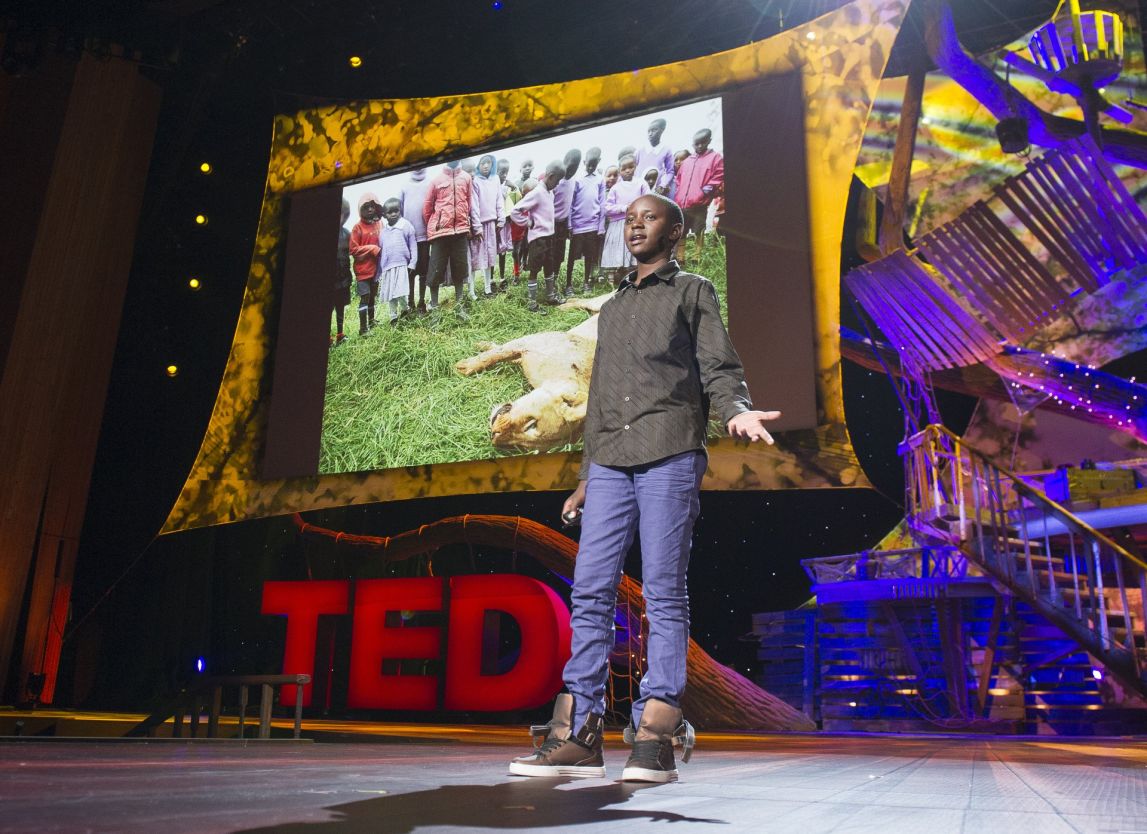
Solar lights can also protect livestock: Lion Lights use flashing LEDs, which mimic the torchlight of ranger patrols, to ward off lions that prey on livestock at night. The lights, now used in conservancies around Africa, were invented by 11-year-old Richard Turere, the youngest patented inventor in Kenya.
In a region full of innovation, this just scratches the surface of technology making a difference in rural areas. Do you have a favorite company or product that should be on this list? Share your favorites with us on Twitter and Facebook.
